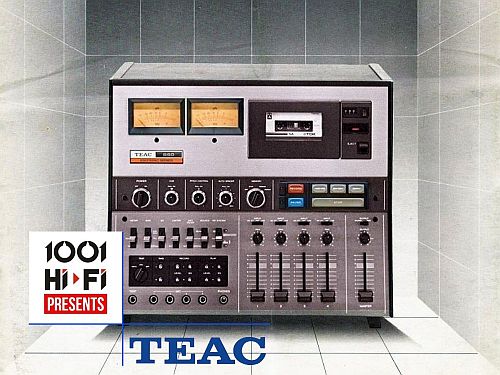The K-2000 and K-1000 Natural Sound Cassette decks from Yamaha were introduced in 1982. They are thoroughly eqipped with uncomprimising technology, a combination of "spare-no-cost" engineering and innovative design. Both these decks are highly automated - thanks to built-in computers - providing an extensive range of features that are simple to use. Briefly, the K-2000 and K-1000 incorporate a speially designed two-motor, direct drive transport mechanism for smoth, silent precision, and three-head (sendust) reproduction system. Both decks employ a new Yamaha breakthrough - Linear Electromagnetic Transduction. This new system extends high signal transmission linearity to the actual point where a signal is transferred from the head to the tape - a previously uncontrollable area in the recording chain.
Then there are double dbx and Dolby B noise reduction systems in the K-2000 and single dbx and Dolby B in the K-1000, ORBiT (Optimum Record Bias Tuning) for automatic, precise bias level setting, a 4-digit linear real-time conter, expanded-range LED level metering with peak hold, a number of auto/memory functions and more. The K-2000 additionally features a unique "monitoring erase" function and a broad-range pitch control. The Monitoring Erase function of the YAMAHA K-2000 is a highly original Yamaha feature that you won't find on any other cassette deck. While most modern cassette decks let you insert silences in a program being recorded by pressing a REC MUTE button, the K-2000 actually lets you selctively erase portions of a program while monitoring in the playback mode. This not only gives you much greater editing flexibility than provided by the REC MUTE function alone, but it allows you to record a program it its entirety and then edit later at your leisure - a particularly useful feature for editing timer-activated recordings made when you are away or asleep. Further accesiores include a wired remote and EIA rack mount adaptors.

























